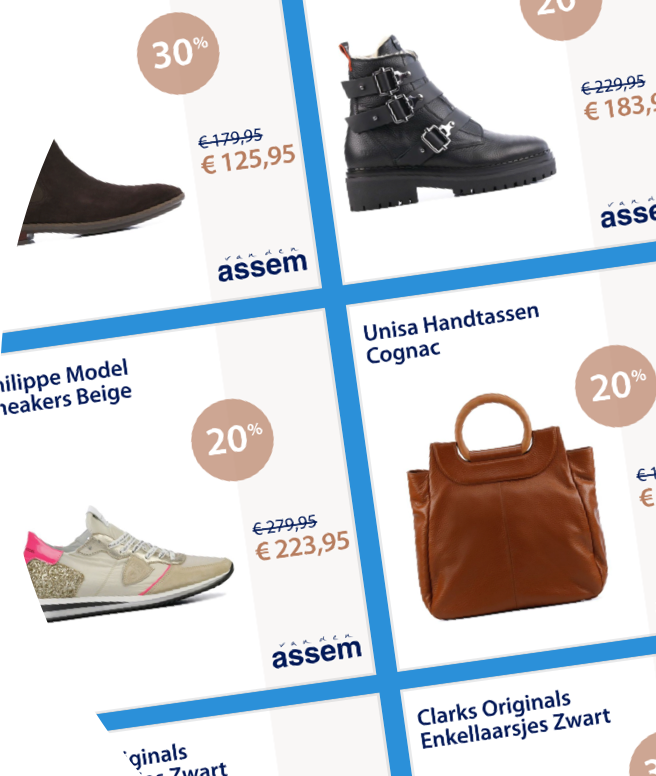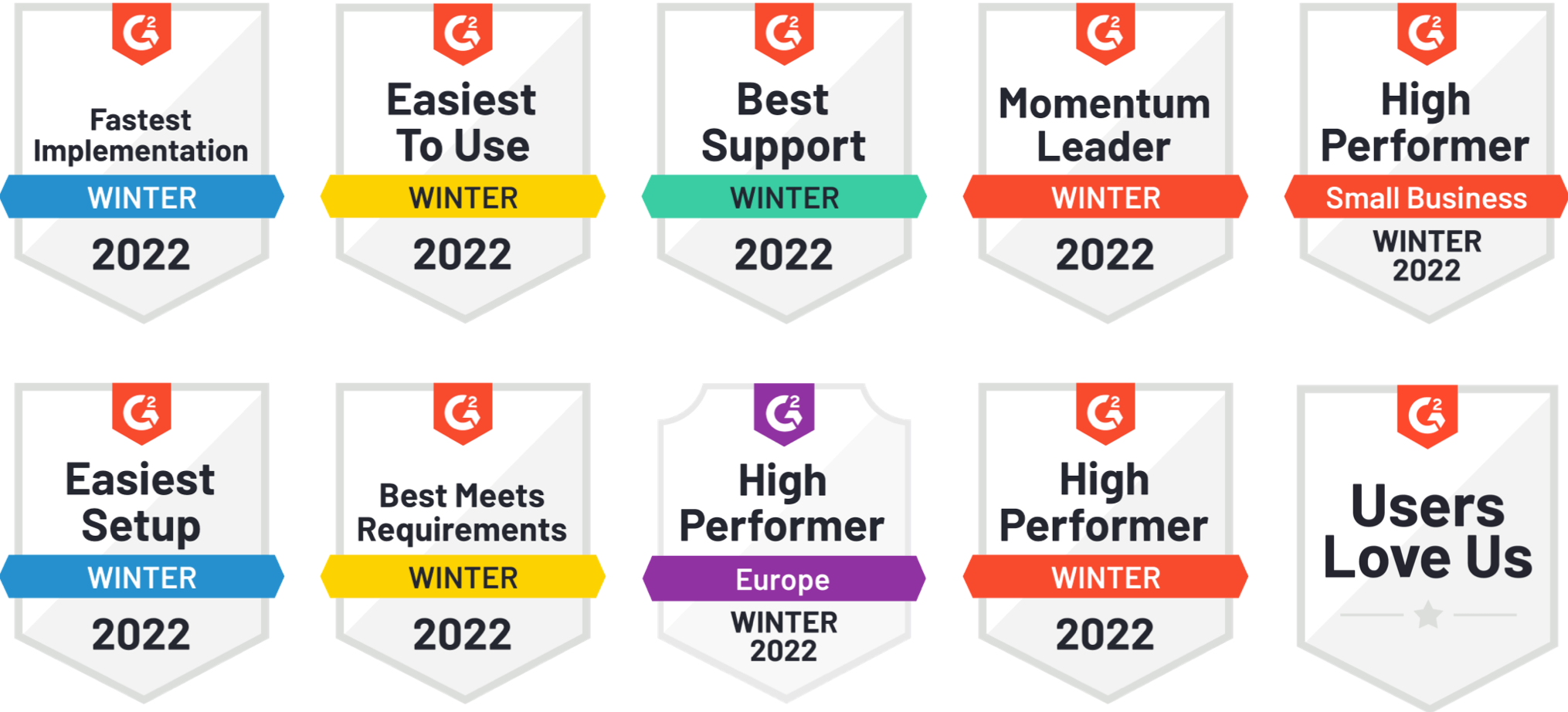A template is the single most valuable lever for designers and marketers alike. When built well, this one-time investment helps to create an infinite amount of relevant, unique creatives in a matter of minutes.
The key to success with building templates is thinking them through carefully, taking into account the majority of possible scenarios. By using all 9 tips below you will unlock the potential of a template that will help you build customized display ads at scale, while saving yourself hours of work and a boatload of budget.
1. Start with rectangular shapes first
Display ads come in three shapes, rectangles, skyscrapers and leaderboards. You are likely to have multiple each of these shapes in your set, and we recommend to start with the rectangular ones (300x250, 336x280). This will make it easier for you to translate your concept into skyscraper and leaderboard sizes.
2. Smart text-alignment
A good template can fit a variety of copy. To make all variations look equally great, you will not only need to create large enough placeholders for your copy, but also be smart about aligning your text. When you’re working with an H1 and H2, we recommend to align the H1 center bottom and the H2 center top. When the H1 and H2 are next to each other, align the H1 middle right and the H2 middle left. This ensures one-size-fits-all text placeholders.



Whatever text you add, your smart text-alignment makes sure all variants of your ad look great.
3. Design your template with maximum copy length
To ensure maximum flexibility when using your template, it helps to use the longest pieces of copy when drafting your template. If you’re using your template for translations, build your templates using the languages that use most words like French or German.
4. Scale to fit (1/2)
In some cases, you still may not be completely satisfied with the way your copy fits the text placeholders of your template. To avoid having to adjust each ad size individually, use the scale to fit feature to have your copy automatically fit all ad sizes.
5. Use images that have dimensions similar to 1000x600
Ever found yourself cutting and cropping images to make them compatible with the different shapes of display ads? Using these dimensions, you will not have to anymore. Not many display ads are wider than 1000 pixels or higher than 600 pixels.
6. Scale to fit (2/2)
Not everyone has the luxury of working with an image library that only contains images with the same dimensions. Building one takes too much time. That’s why you may want to use the scale to fit feature for images, so that they always fit perfectly!
7. Placeholders can’t overlap
Well actually, they can. But we recommend that you make sure they don’t. This will prevent a text from overlapping a shape or an image, for example.
.png?width=300&name=unnamed%20(10).png)

Prevent your placeholders from overlapping to avoid conflicts with your content.
8. Be deliberate about linking text
It’s easy to overlook that there is logic to the way assets are linked between the different ad sizes in your set. Let’s say you’re building a template that has 9 different ad sizes in the set and, after finishing ad number 4, you decide to change the copy in one of the placeholders of ad number 5. This will unlink this text placeholder in ad number 5 from the text placeholders in all previous banners. To prevent this from happening, we recommend you only make changes to a text in the all view, after all ad sizes are finished. The same goes for CTA’s, images and shapes.
9. Work with slides to avoid clutter
A small canvas like a display ad of 300x250 can become cluttered fast. This is why we’ve introduced slides. You can use them as frames that transition from one to the next and avoid clutter. If you’re looking to display different pieces of copy at the same place using animations, you may find yourself stacking text placeholders on top of each other. Avoid this by using slides. It will become easier to find the piece of copy you want to change later.
Feel free to reach out if you have any questions about the possibilities and limitations of our solution!



.png?width=300&name=unnamed%20(10).png)


